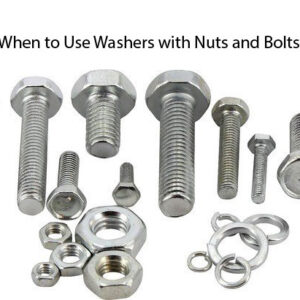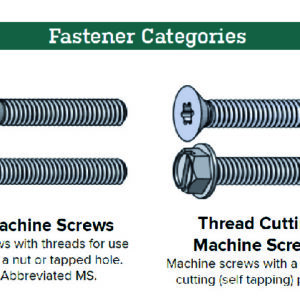Fastening pieces of wood together using nuts and bolts is a common and reliable method in woodworking. This step-by-step guide will walk you through the process of securely fastening wood pieces using nuts and bolts, ensuring a strong and stable connection for your projects.
Step 1: Gather Your Materials and Tools
Before you begin, gather the necessary materials and tools:
- Wood pieces to be fastened
- Nuts and bolts suitable for your project (consider size, length, material, and thread type)
- Measuring tape and pencil for marking
- Drill and appropriate-sized drill bit
- Wrench or pliers for tightening
- Optional: washers or lock nuts for added stability
Step 2: Prepare the Wood for Fastening
Prepare the wood for fastening by following these steps:
- Measure and mark the precise spots on the wood where the nuts and bolts will be placed. Use a pencil or marking tool to ensure accuracy.
- Choose a drill bit that matches the diameter of your bolts. A sharp and correctly sized drill bit will provide clean and accurate holes.
- Carefully drill the holes at the marked spots in the wood. Ensure the depth of the holes corresponds to the length of the bolts to be used.
Step 3: Install the Nuts and Bolts
Now it’s time to install the nuts and bolts:
- Insert the bolts into the pre-drilled holes, aligning them with the wood pieces to be joined.
- Slide the nuts onto the threaded ends of the bolts. If using washers, place them between the nut and the wood surface for added support.
- Begin tightening the nuts by hand, turning them clockwise. Gradually increase the tightness using a wrench or pliers until the wood pieces are securely fastened together.
- Test the connection for stability by applying pressure or gently shaking the joined pieces. If any movement or looseness is observed, readjust the nuts and bolts accordingly until the connection is secure.
Step 4: Final Checks and Adjustments
Perform a final check to ensure a secure fastening:
- Inspect the entire connection to make sure all nuts and bolts are tightened and secure.
- Verify that the wood pieces are firmly held together without any noticeable movement or gaps.
- Make any necessary adjustments, such as tightening the nuts further or using additional components like lock nuts, to enhance stability if needed.
By following this step-by-step guide, you can confidently fasten pieces of wood together using nuts and bolts. Remember to choose the appropriate hardware, prepare the wood, and tighten the connection properly for a strong and reliable joinery. With these techniques, you’ll be able to create durable and sturdy woodworking projects that will stand the test of time.




